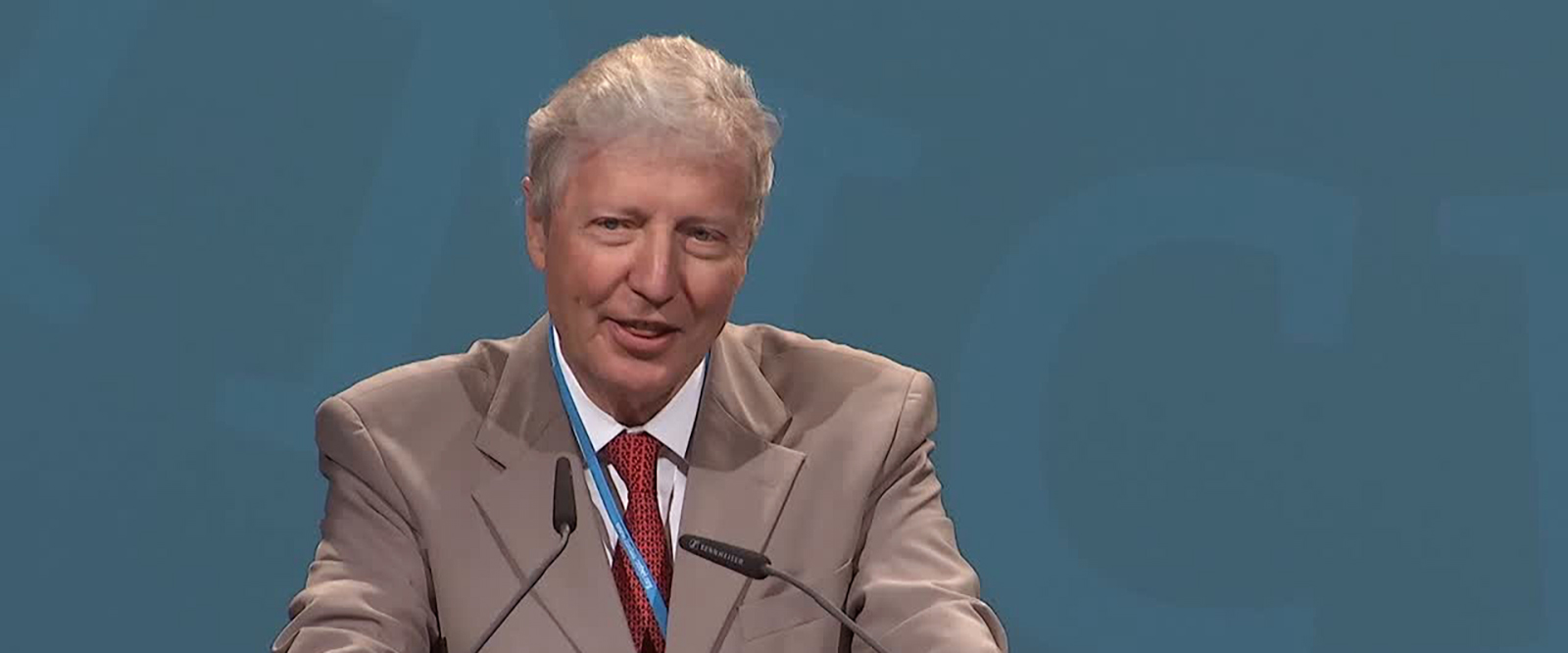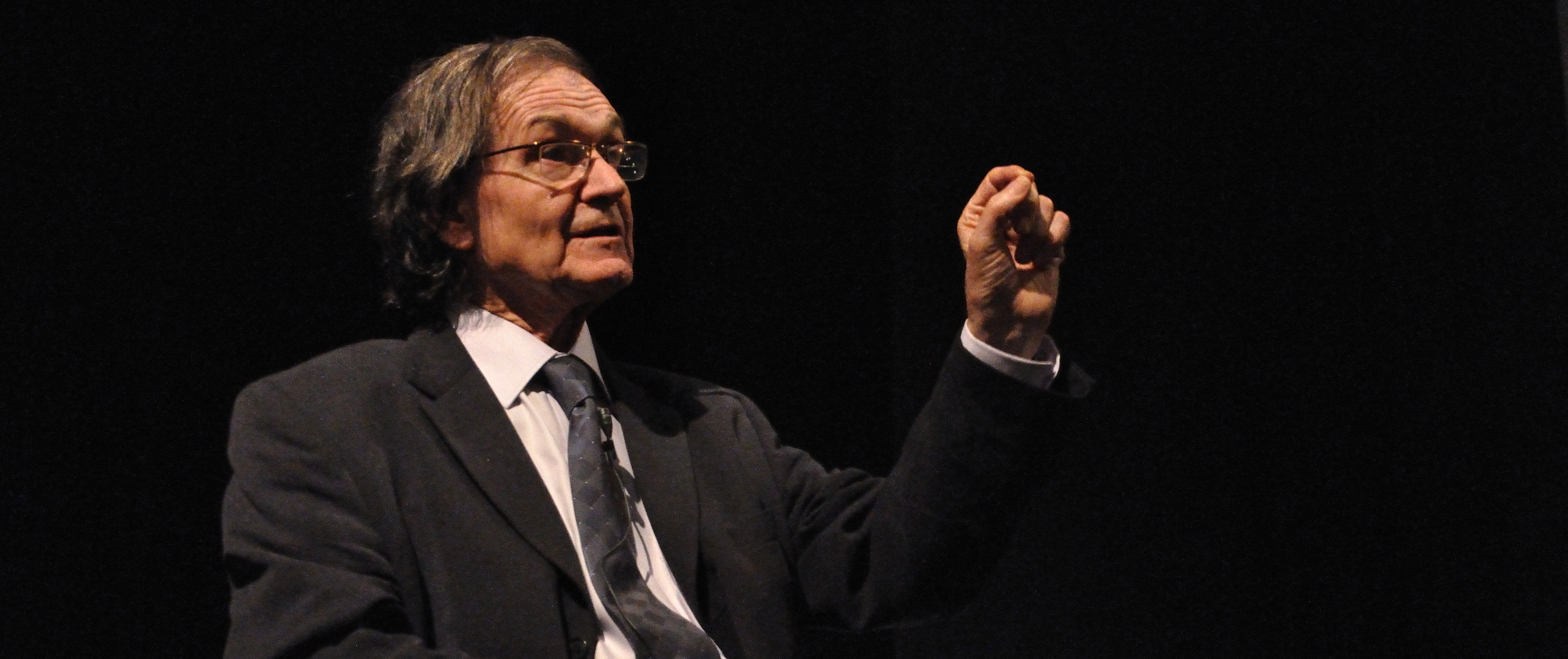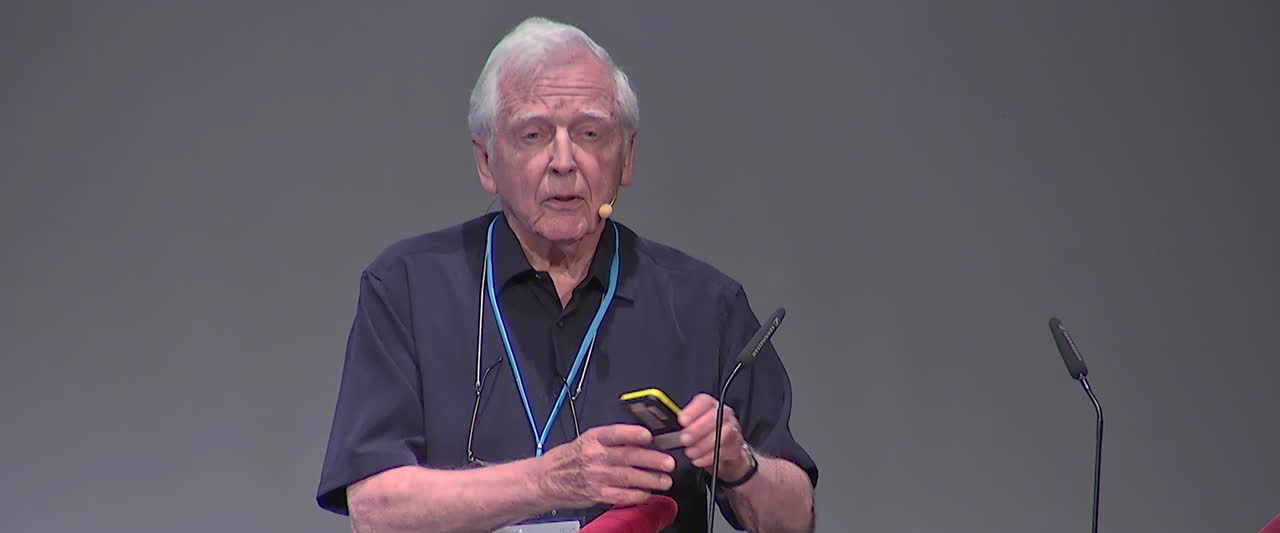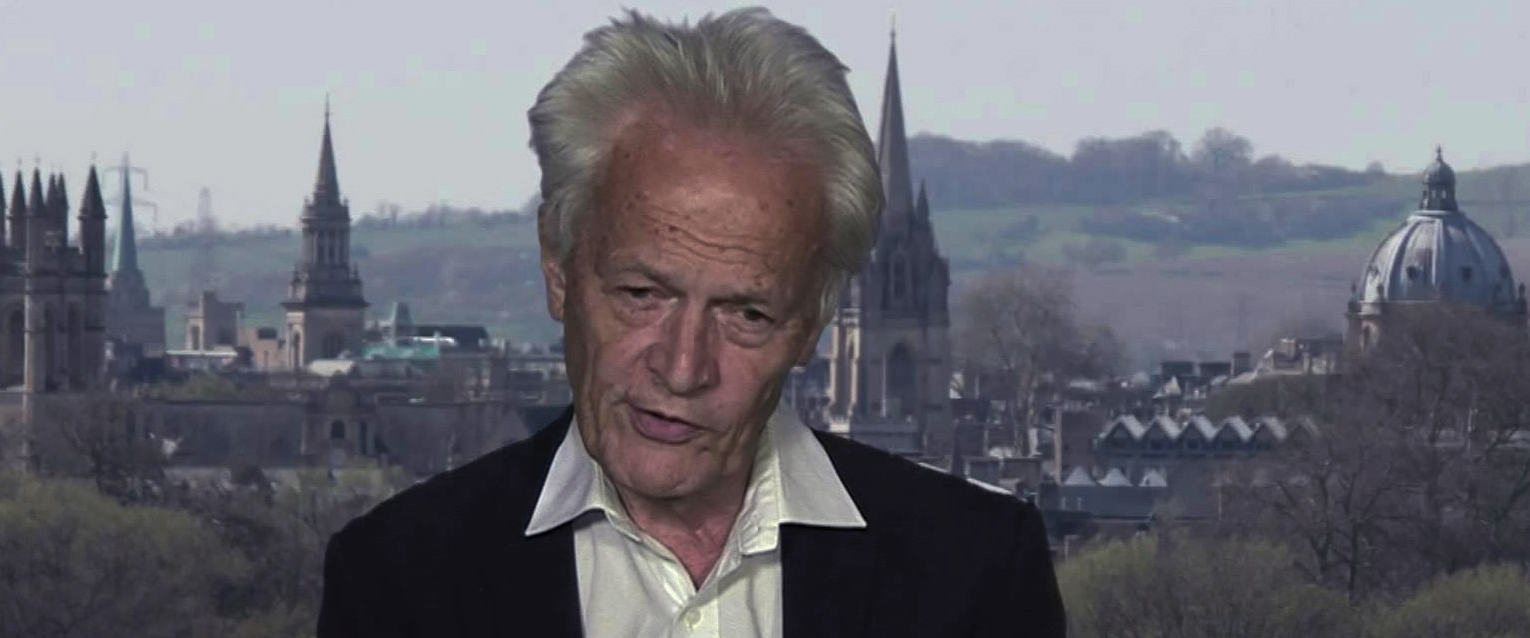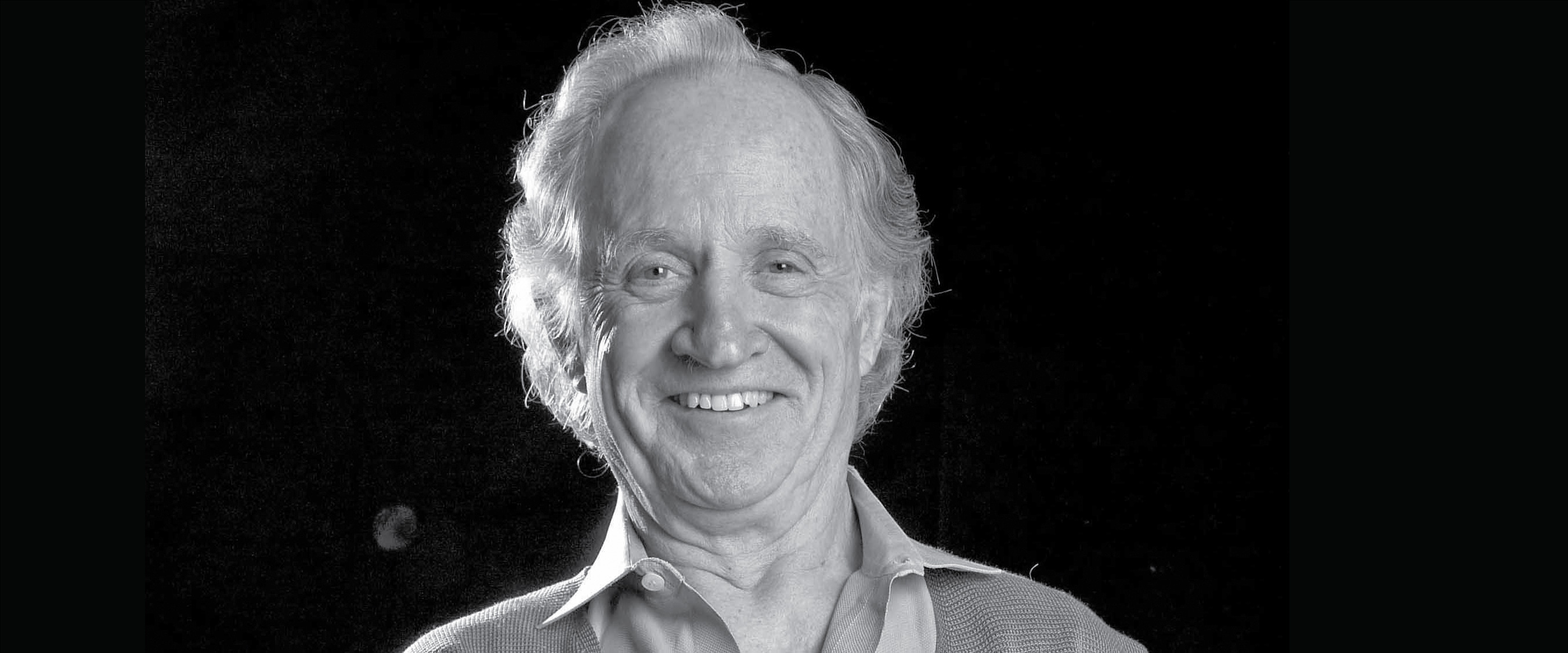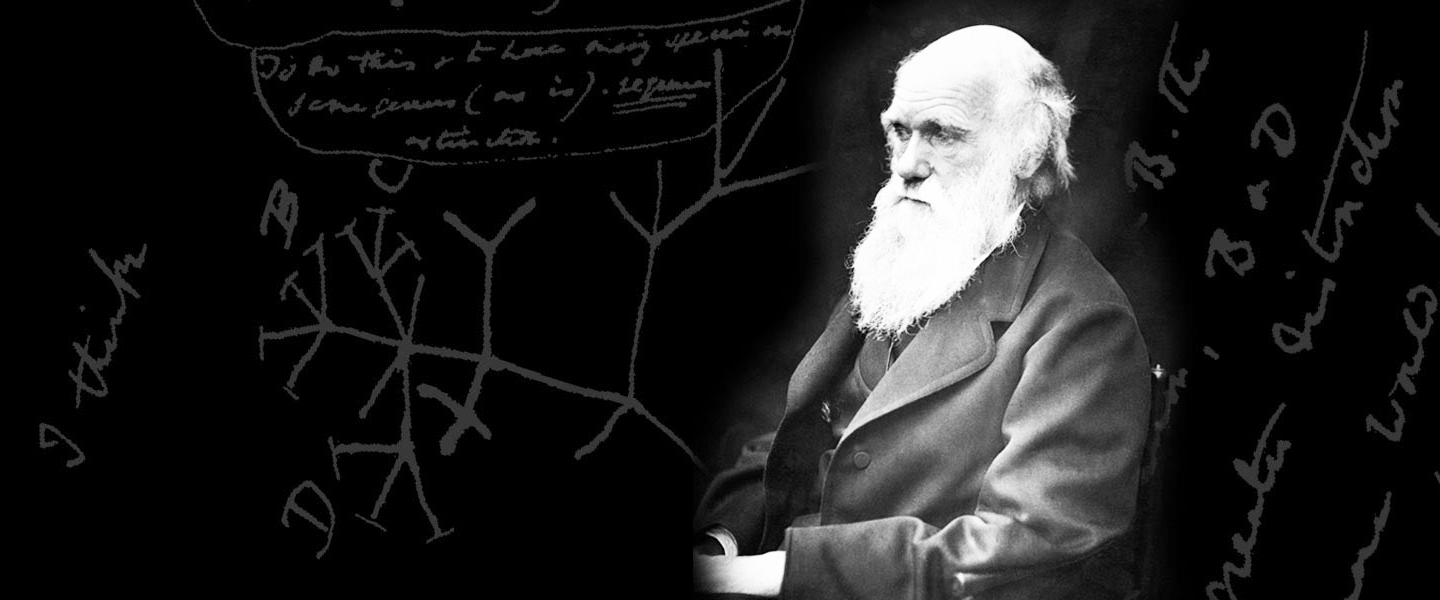5th June 2018.
Marek Cieplak, Institute of Physics of the Polish Institute of Sciences
On Tuesday the 5th of June 2018 Marek Cieplak of the Institute of Physics of the Polish Institute of Sciences will give a seminar on Proteins at fluid-fluid interfaces at 11.00 am in the College Lecture theatre. The seminar will address theoretical and experimental advances in our understanding of how physical interfaces (water-water, water-oil, water-air) affects protein structure and function and the crucial role of these envirnoment-induced, conformational changes in cell and tissue physiology and pathology. The poster of the lecture can be downloaded here.
Abstract
Phase transitions in protein environments have increasingly become important as they are thought to play an important role in protein aggregation and misfolding.
We study the behavior of five proteins (protein G, egg-white lysozyme, hydrophobin, tryptophan cage and LTP1) at the air–water and oil–water interfaces by all-atom molecular dynamics. The proteins are found to change orientation and get distorted when pinned to the interface. This behavior is consistent with the empirical way of introducing the interfaces in a coarse-grained model through a force that depends on the hydropathy indices of the residues. Proteins couple to the oil–water interface stronger than to the air–water one. They diffuse slower at the oil–water interface but do not depin from it, whereas depinning events are observed at the other interface. The reduction of the disulfide bonds slows the diffusion down. We use the empirical coarse-grained model to study properties of protein layers at the air-water interface. In particular, we demonstrate existence of glassy effects as evidenced by slowing down of diffusion with increasing concentration of proteins. We also show that layers of two barley proteins, LTP1 and its ligand adduct LTP1b, flatten out at the interface and can make a continuous and dense film that should be responsible for formation and stability of foam in beer. The degree of the flattening depends on the protein - the layers of LTP1b should be denser than those of LTP1 – as well as on the presence of glycation and the degree of reduction in the number of disulfide bonds. We also show that the interfacial forces can untie proteins with shallow knots, but they can also make knots in proteins that are natively unknotted. The physics of proteins at the air-water interface can be captured by a simple lattice model which allows for larger statistics of the pinning-depinning processes and an analysis of a Marangoni-like effect induced by a temperature gradient.
[1] M. Cieplak, D. B. Allen, R. L. Leheny, D. H. Reich, Langmuir 30:12888-96 (2014).
[2] Y. Zhao, M. Chwastyk, M. Cieplak, Sci. Rep. 7:39851 (2017).
[3] Y. Zhao, M. Cieplak, Langmuir 33:4769-4780 (2017).
[4] Y. Zhao, M. Cieplak, Phys. Chem. Chem. Phys. 19: 25197-25206 (2017
Image
Surface representation of the electrostatic potential of the Brichos domain of human lung surfactant protein C (pdb accession: 2yad).
